Preparing Your Garden Bed for Spring: A Step-by-Step Guide
Spring is the perfect time to prepare your garden bed for a season of healthy growth and bountiful harvests. Whether you’re starting a new garden bed or refreshing an existing one, proper preparation is key to success. Follow these steps to get your garden bed ready for planting this spring.
Step 1: Choose the Right Location
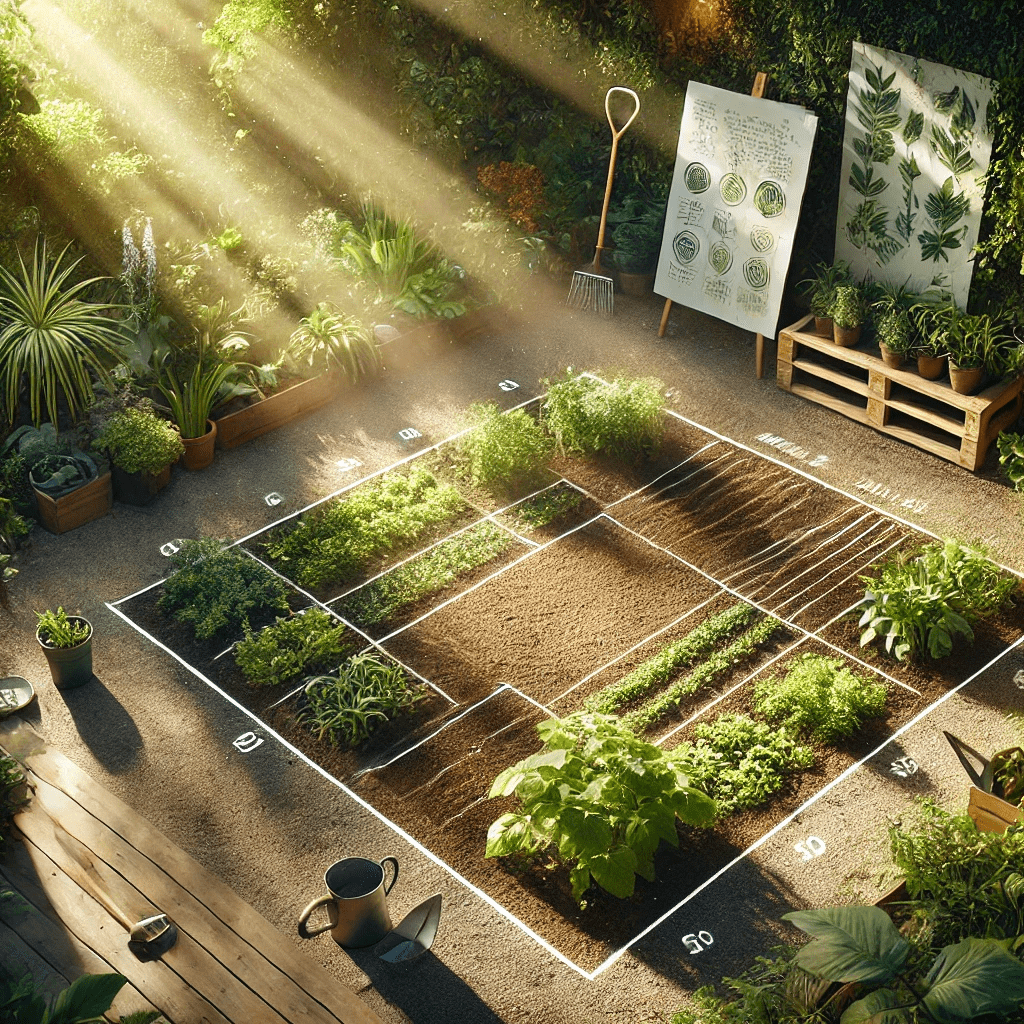
Selecting a good location is crucial for your garden’s success. Consider these factors:
- Sunlight – Most vegetables and flowers need at least 6-8 hours of direct sunlight per day.
- Drainage – Ensure the area doesn’t retain too much water.
- Accessibility – Choose a spot that’s easy to reach for watering and maintenance.
Step 2: Clear the Area
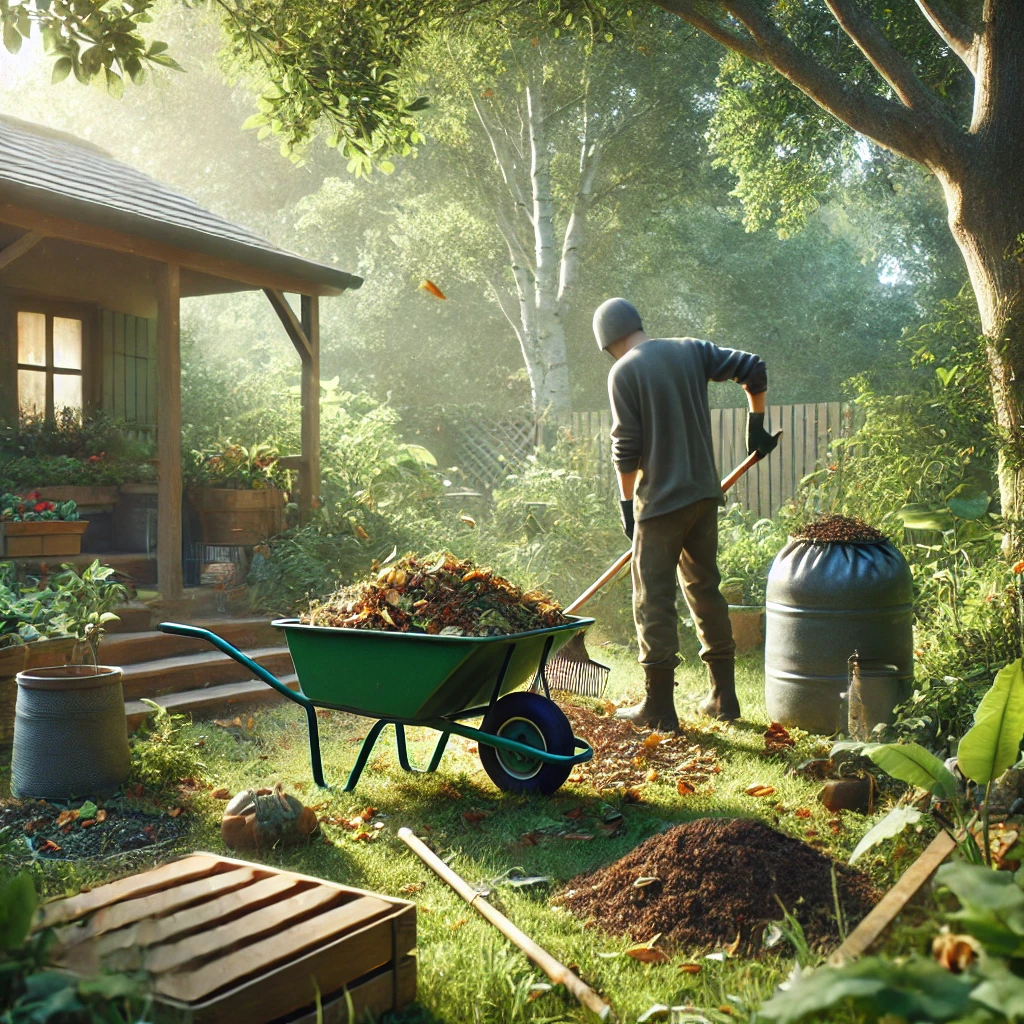
If you’re starting a new bed, remove any existing grass, weeds, or debris. For existing beds, pull out weeds and leftover plant material from the previous season. You can use a garden hoe or a rake to help with this task.
Step 3: Loosen the Soil
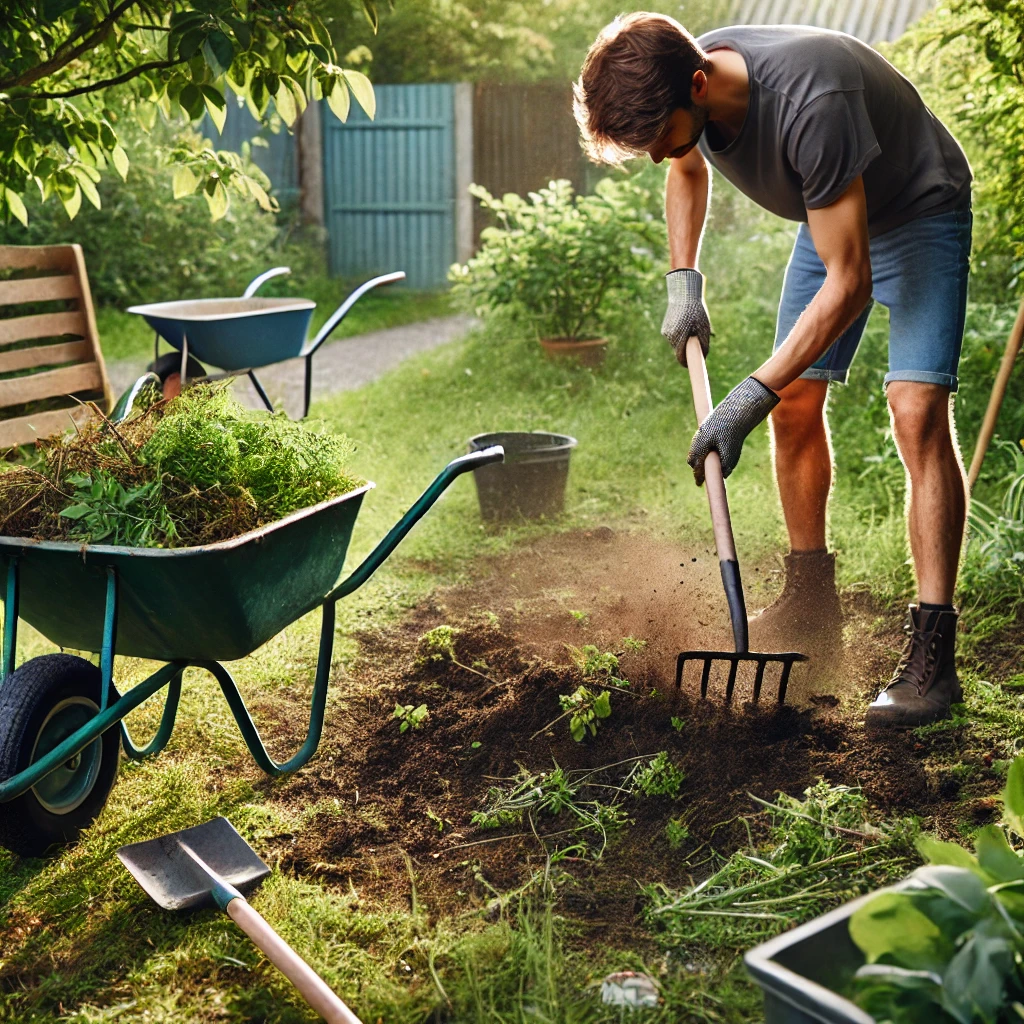
Use a garden fork, rake or tiller to aerate and loosen compacted soil. This allows roots to grow more easily and helps with drainage. If you’re using a no-dig method, simply layer compost on top of the soil and let nature do the work. This will require about a year to break down and be ready.
Step 4: Amend the Soil
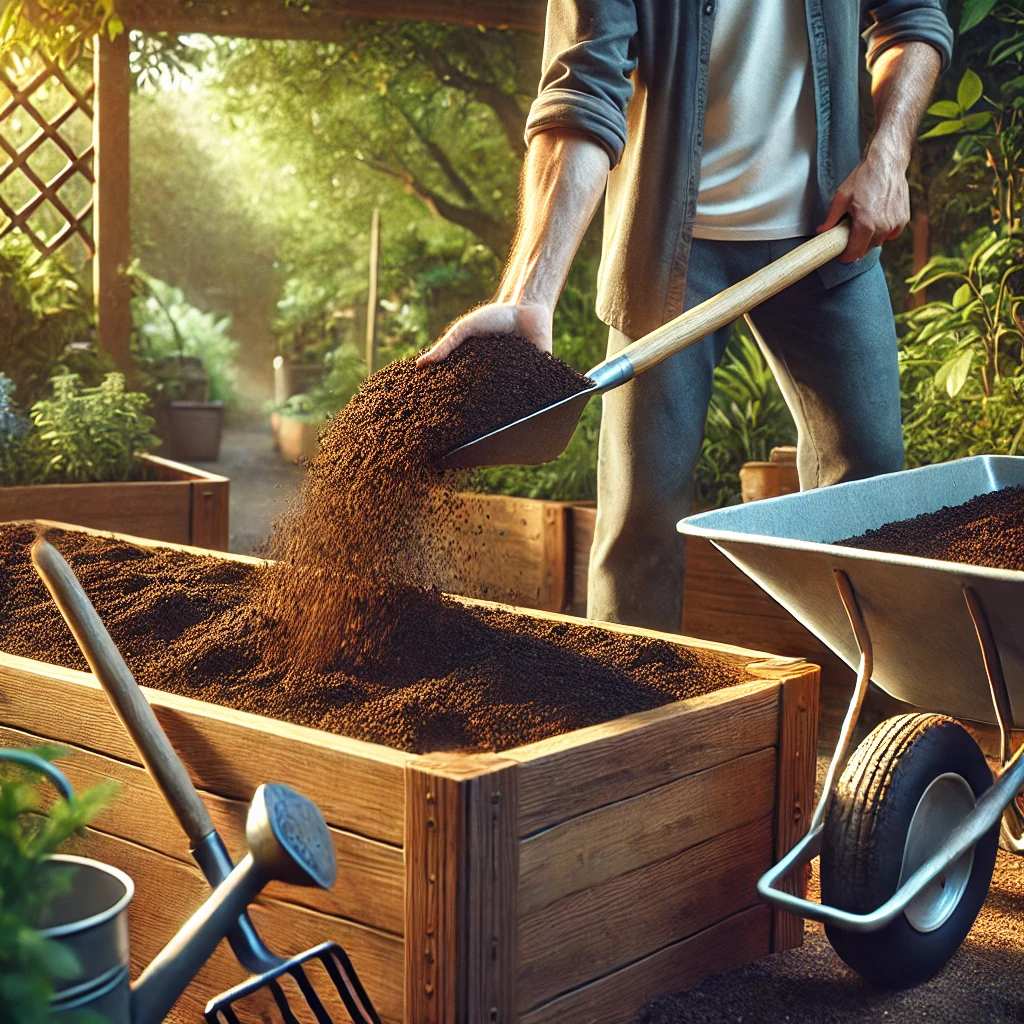
Healthy soil is the foundation of a productive garden. Native Vegas soil is heavily alkaline making it difficult to grow healthy plants. However, here’s how you can skip the soil testing and go straight to planting:
If your plant has specific needs like acidic soil, then test your soil and add sulfur to lower the PH. If the soil is too acidic for your plant’s need then add lime.
- Mixed bag soil with native soil, or if you are container gardening, use 100% bagged soil.
- Add compost or organic matter to improve soil structure and fertility.
- If your plant has specific needs like acidic soil, then test your soil and add sulfur to lower the PH. If the soil is too acidic for your plant’s need then add lime.
- Peat Moss – Improves soil aeration and moisture retention.
- Filler Plant Material – Adding leaves, logs, and other organic materials enriches soil over time.
Weed Fabric Liner or Cardboard
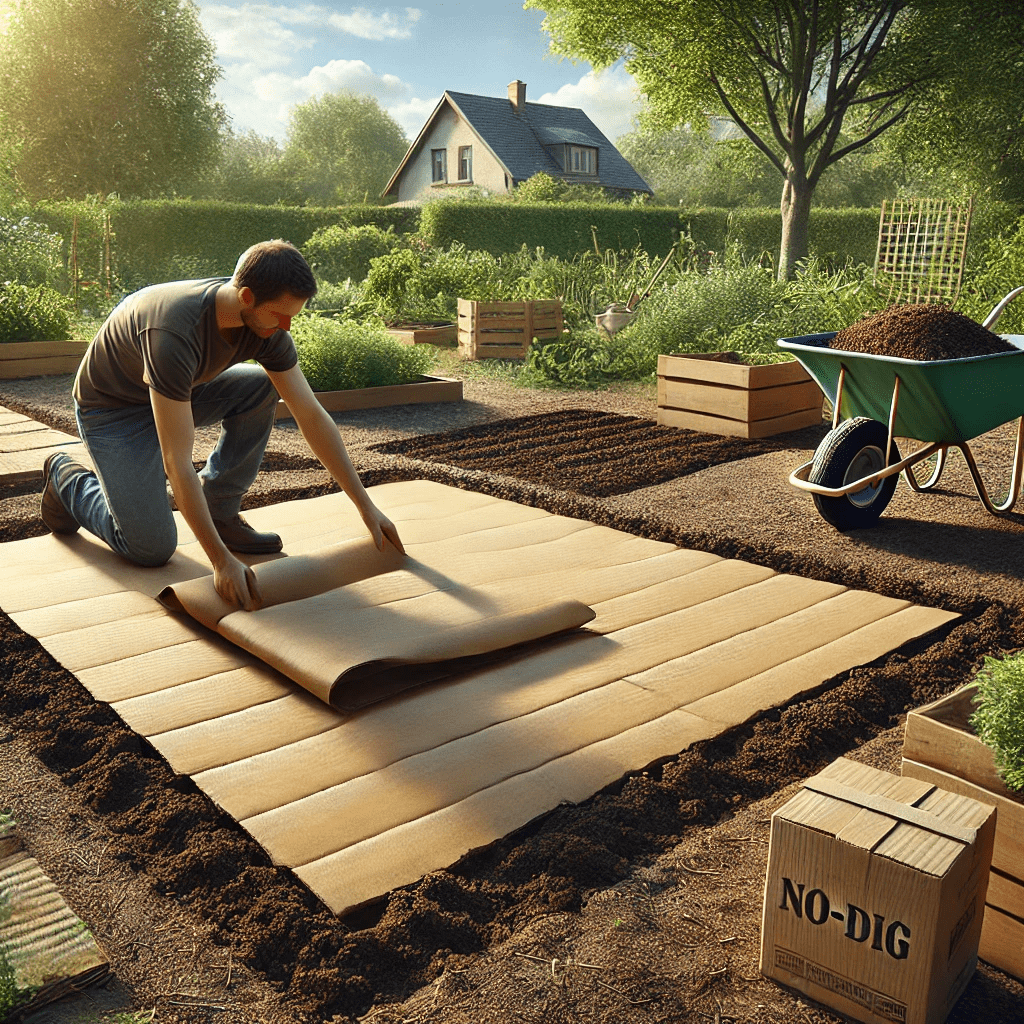
A weed fabric liner or cardboard is used to prevent weeds from growing into the bed. This barrier helps reduce the need for frequent weeding and keeps your plants healthier by minimizing competition for nutrients.
Raised Bed Structure
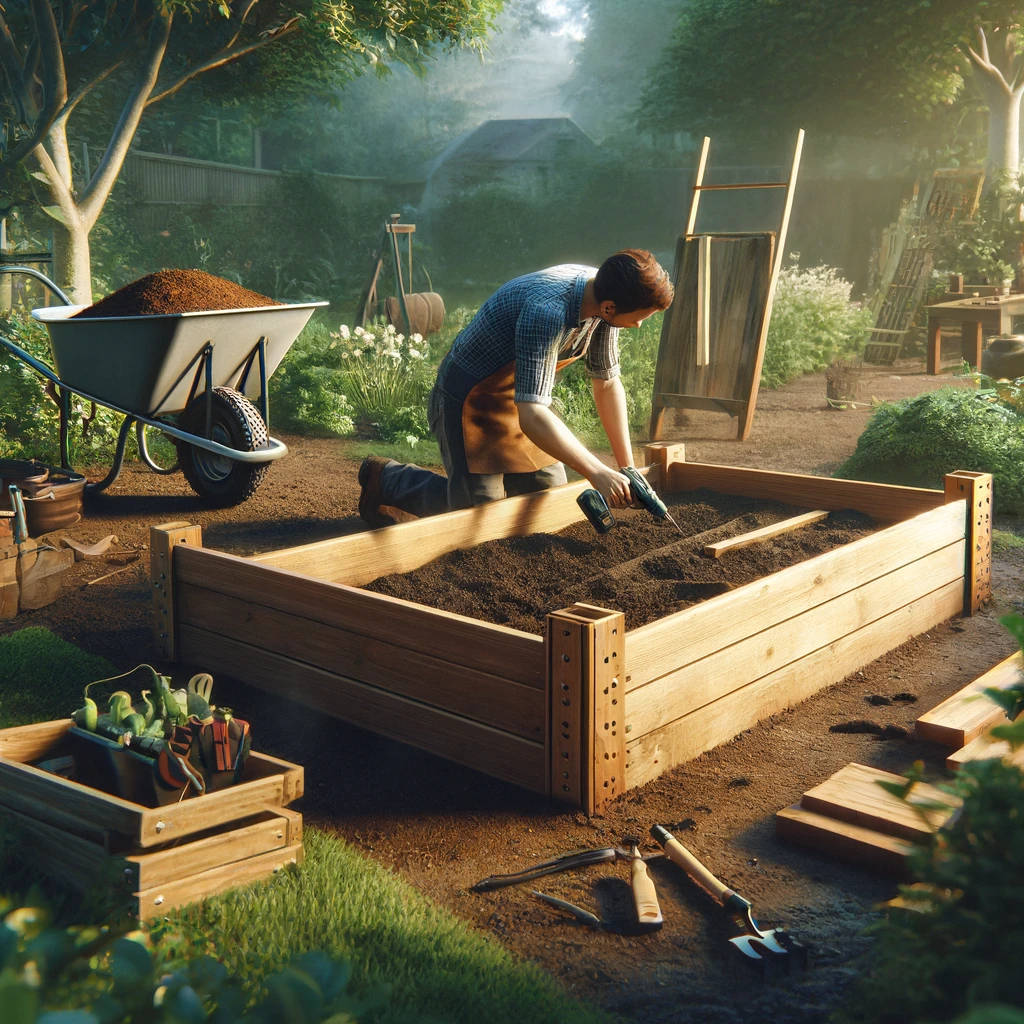
A raised bed helps contain healthy soil and provides better drainage. When selecting a raised bed material, choose from:
- Metal – Durable and long-lasting, great for modern garden aesthetics. Better for area with some shade. This is the best price on Amazon.
- Wood – A natural choice that blends well with gardens but may need replacement over time.
- Plastic Resin – Lightweight and weather-resistant, requiring minimal maintenance. Regular plastic totes will work but will break down if it’s not UV-protected.
- Bricks – Long lasting and heavy duty.
Soil Amendments
Healthy soil is the foundation of a successful garden. Enhance your soil with:
- Garden Soil – The base layer for plant growth.
- Peat Moss – Improves soil aeration and moisture retention.
- Manure or Compost – Provides essential nutrients for plant health.
- Filler Plant Material – Adding leaves, logs, and other organic materials enriches soil over time.
- Sulfur will lower the PH making it more acidic.
- Lime will raise the PH making it more alkaline.
Mulch
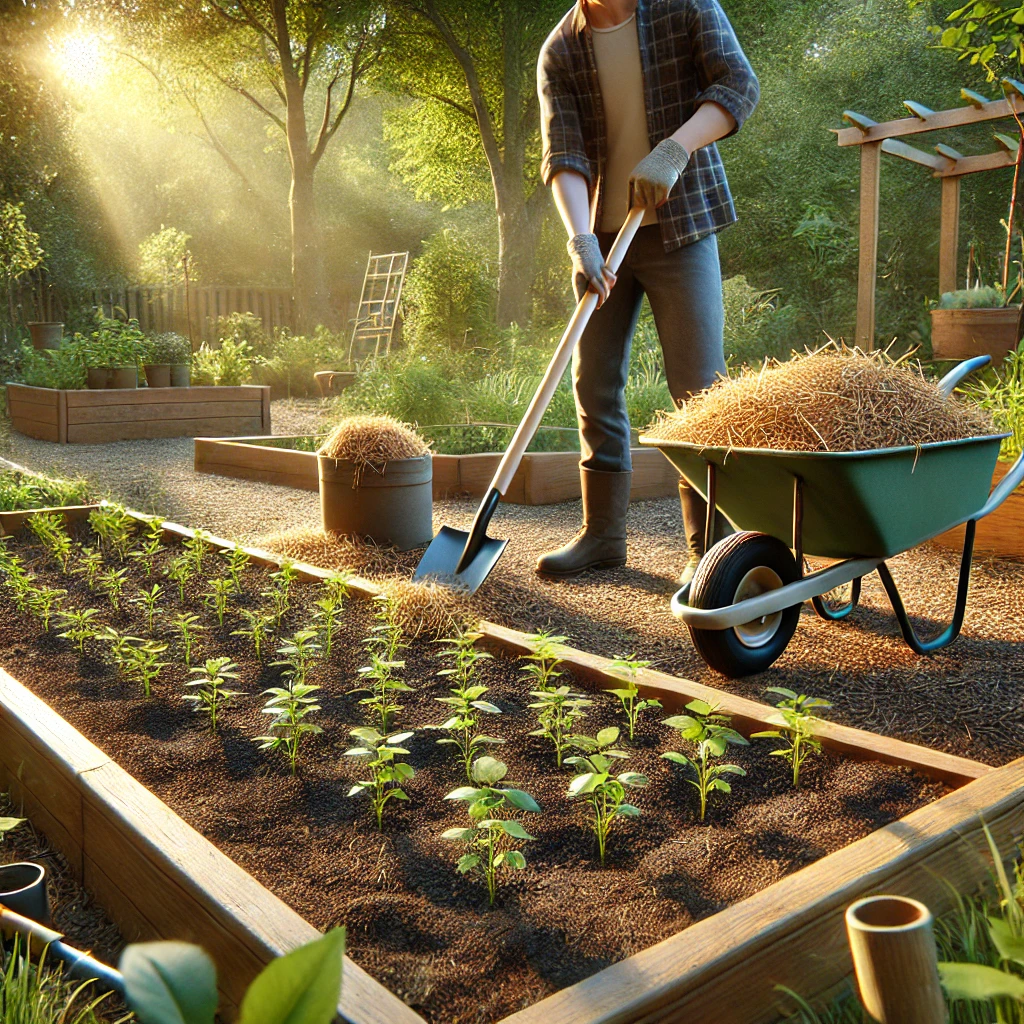
Mulch helps retain moisture, suppress weeds, and regulate soil temperature. Some excellent mulch options include:
- Straw – Helps retain moisture and decomposes naturally.
- Hay – Provides an organic cover that reduces soil erosion.
- Shredded Leaves – A cost-effective way to nourish the soil.
- Tree Bark – Offers long-term weed suppression and aesthetic appeal. Get free mulch at The Master Gardener Orchard is located at 4600 Horse Drive in North Las Vegas. Call the master gardener help desk at (702) 257-5555.
Irrigation System
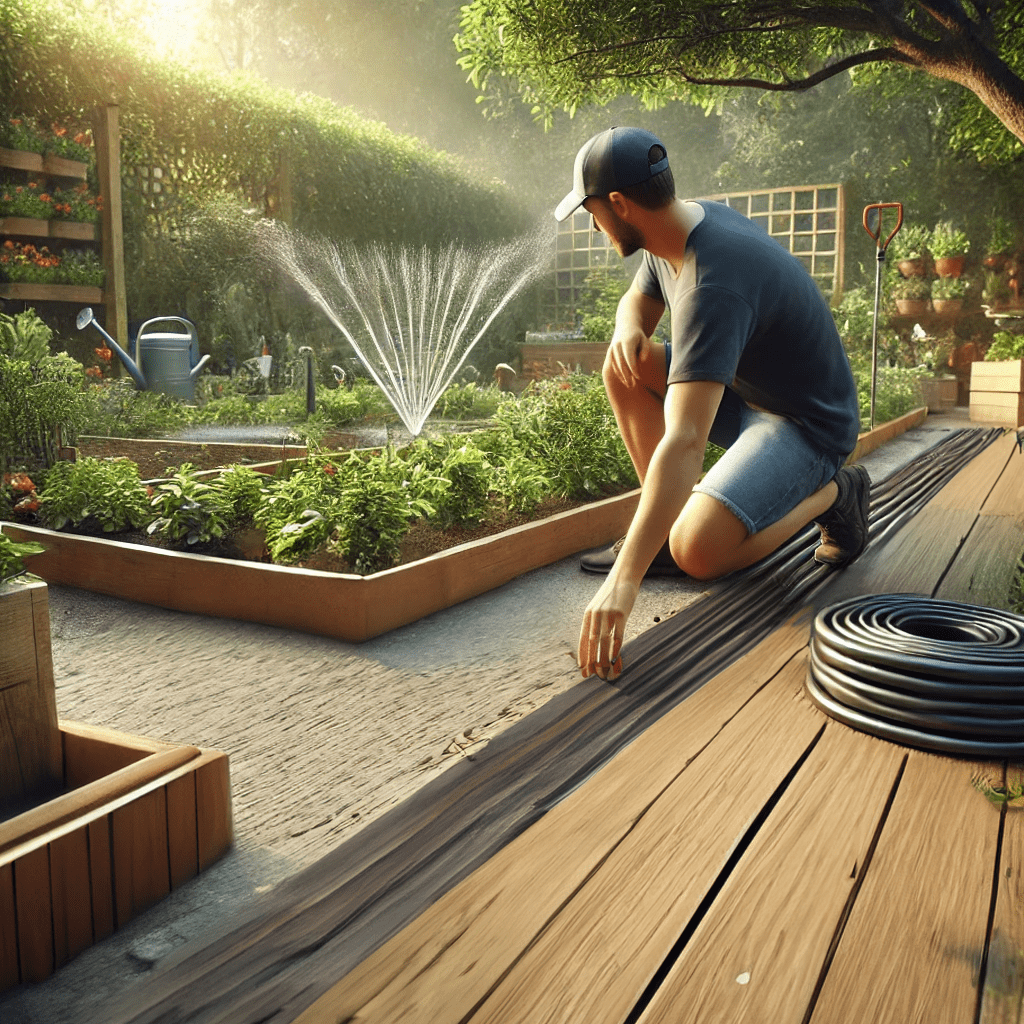
A proper irrigation system ensures consistent moisture for your plants. Consider:
- Drip Irrigation – Provides targeted watering with minimal waste.
- Soaker Hoses – Distributes water evenly over garden beds.
- Watering Cans or Hoses – Ideal for smaller garden spaces.
Step 6: Plan Your Planting Layout
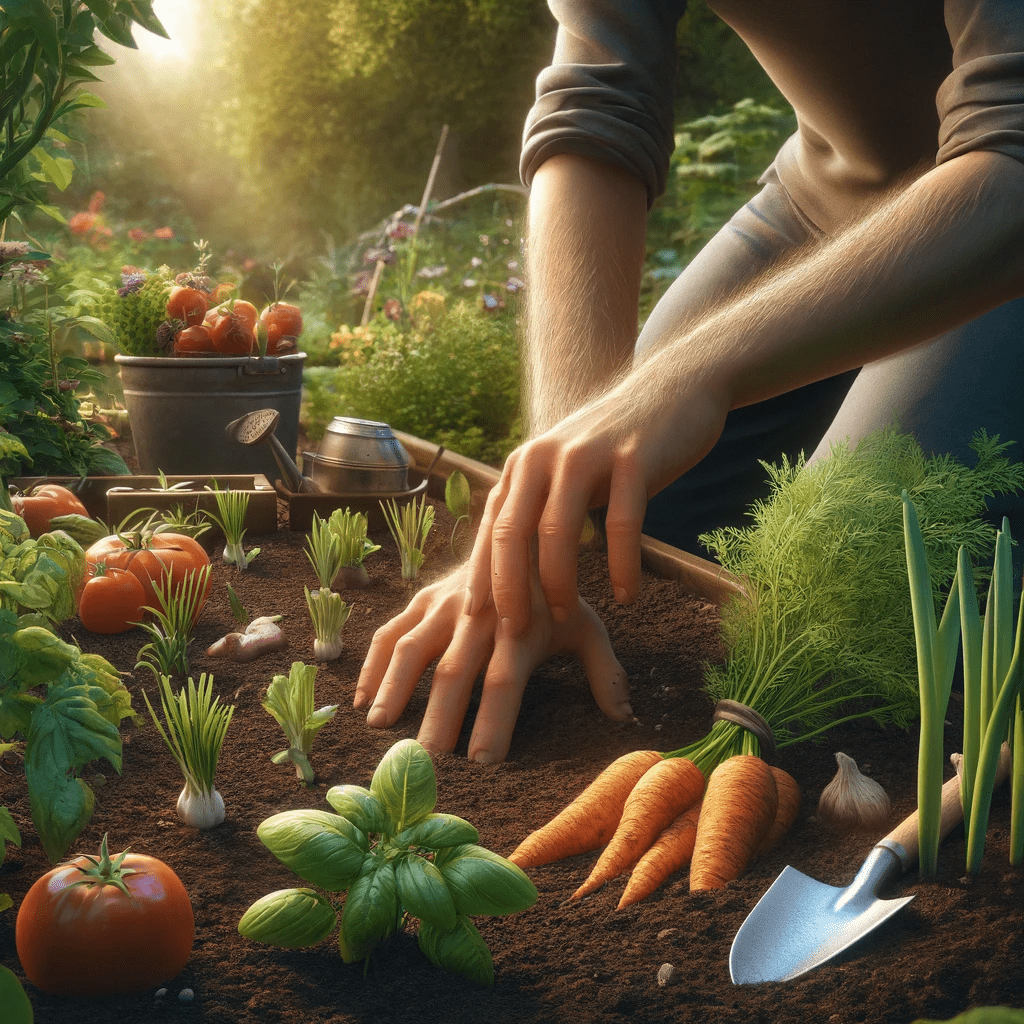
Before planting, decide what crops or flowers you’ll grow and arrange them for optimal spacing. Companion planting can help improve plant health and deter pests naturally. Check out my gardening journal.
Step 7: Water and Let the Soil Settle
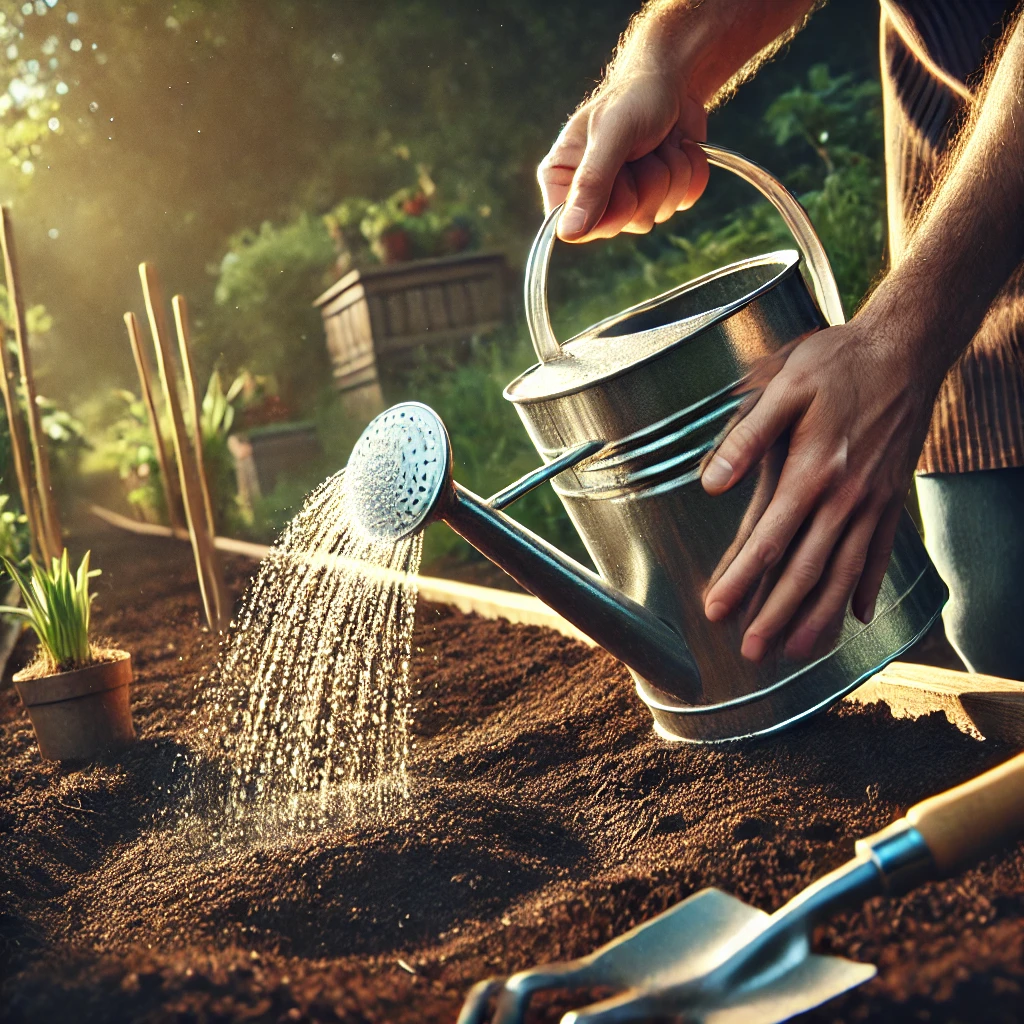
Give your garden bed a thorough watering to help settle the soil. Allow the bed to rest for a few days before planting to let amendments integrate into the soil.
Final Thoughts
Preparing your garden bed properly ensures that your plants have the best possible start in the growing season. With nutrient-rich soil, proper spacing, and good planning, you’ll be well on your way to a thriving spring garden!
Are you preparing a garden bed this spring? Share your experiences and tips in the comments!
